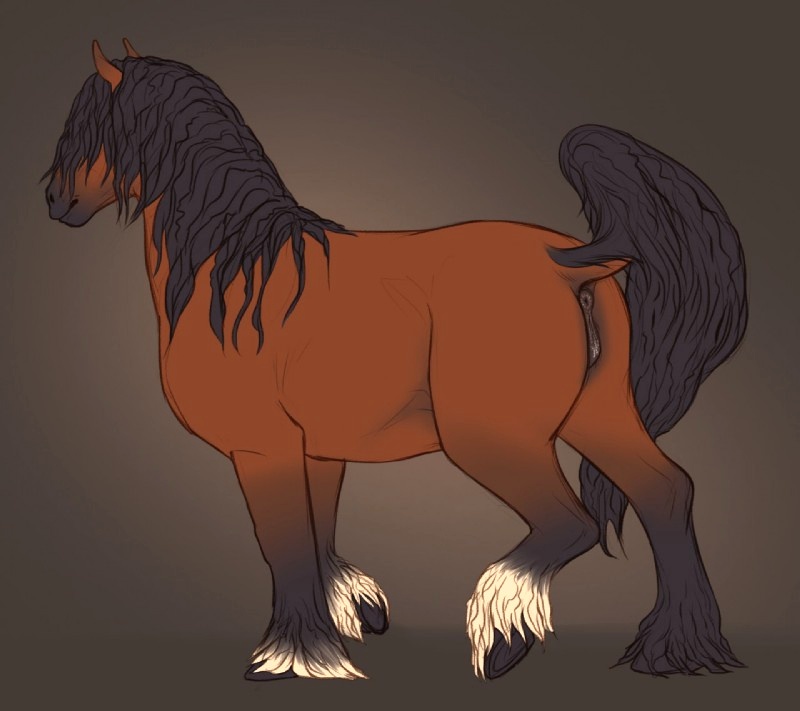Horse racing is a thrilling sport that has been around for centuries, and it’s no wonder it’s still popular today. But what exactly is a runner in horse racing? This article will provide an in-depth look into the role of a runner in the sport, from understanding how they are chosen to the different types of runners and the rules governing them.
Introduction
Horse racing is one of the oldest and most popular sports in the world. It has been around for centuries and is still enjoyed by millions of people around the world today. Horse racing requires skill and strategy, as well as a great deal of understanding of the sport. One of the key elements of horse racing is the ‘runner’, which is a horse that is chosen to race against other horses. This article will provide a comprehensive overview of the role of a runner in horse racing, and explain the different types of runners, how they are chosen and the rules that govern them.
What is a Runner in Horse Racing?
A runner in horse racing is a horse that is chosen to compete in a race against other horses. It is the horse’s job to complete the race in the fastest time possible, and they do this by running as fast as they can. The horse and its rider (or jockey) must work together to ensure the best performance on the track. Runners can be either thoroughbreds or non-thoroughbreds, and must meet certain criteria in order to be eligible for a race.
How are Runners Chosen?
Runners are chosen based on a variety of criteria, including the horse’s age, its racing record, its pedigree and its performance in trials. The horse must also be registered with the relevant racing authority in order to be eligible for a race. The trainer, or owner of the horse, is responsible for selecting the best horse for the job.
Types of Runners
There are two main types of runners in horse racing: thoroughbreds and non-thoroughbreds. Thoroughbreds are horses that have been bred specifically for racing, and they are generally faster than non-thoroughbreds. Non-thoroughbreds are horses that have been bred for other purposes, and are not as fast as thoroughbreds.
Rules Governing Runners
Runners must abide by certain rules and regulations in order to be allowed to compete in a race. These rules can vary from country to country, but generally they involve the age of the horse, the weight it carries, the type of saddle it must wear, and the distance it must run. All of these factors must be taken into consideration when selecting a runner for a race.
Weight Restrictions
Weight restrictions are an important factor when selecting a runner for a race. The horse must carry a certain amount of weight in order to be eligible for the race, and this weight is normally determined by the trainer or owner. The weight must be balanced in order to ensure the horse can run at its fastest, and must be approved by the relevant racing authority.
Distance Restrictions
Distance restrictions are also a factor when selecting a runner for a race. The horse must be able to complete the race in the fastest time possible, and the distance of the race must be taken into consideration. Different races require different distances, and the horse must be able to cover the required distance in order to be eligible.
Age Restrictions
Age restrictions are also in place for runners in horse racing. The horse must be of a certain age in order to compete in a race, and this age is usually determined by the trainer or owner. Generally, the horse must be at least three years old, although this can vary from race to race.
Safety Considerations
Safety is an important consideration when selecting a runner for a race. The horse must be fit and healthy in order to compete, and the trainer and owner must ensure that the horse is in good condition before it is allowed to run. The trainer and owner must also ensure that the horse is properly shod and equipped with a suitable saddle and bridle.
Conclusion
This article has provided an in-depth look into the role of a runner in horse racing, from understanding how they are chosen to the different types of runners and the rules governing them. Runners are an integral part of the sport, and understanding their role is key to success on the track. From weight restrictions to safety considerations, the trainer and owner must consider all factors when selecting a runner for a race.

